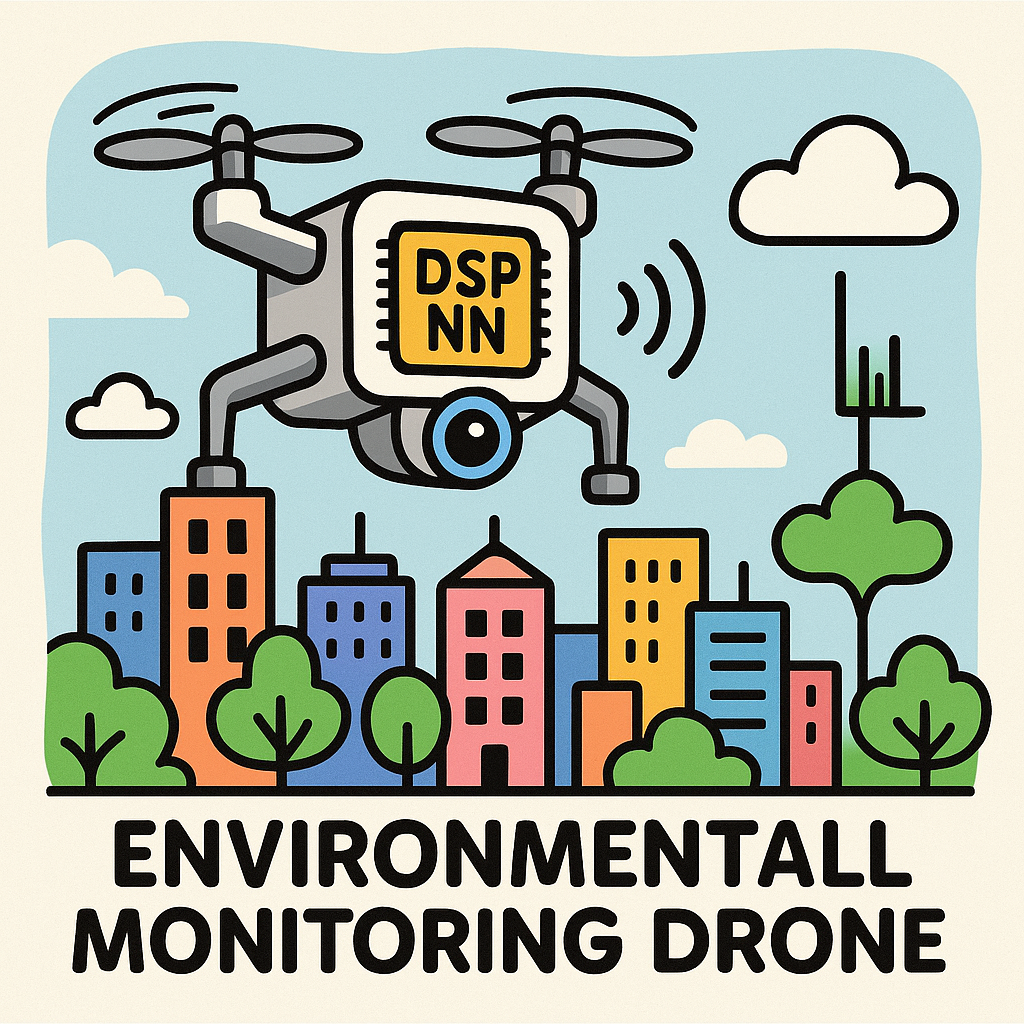Understanding the Need for Real-Time Environmental Monitoring
Urban environments are complex ecosystems where air quality, noise levels, and temperature can vary dramatically. Drones equipped with advanced sensing technology are increasingly being adopted for real-time environmental monitoring. However, the processing capabilities needed to analyze this data on-the-fly require innovative hardware solutions. This is where the integration of RISC-V based DSP/NN accelerator IP comes into play, providing the necessary computational power while maintaining energy efficiency.
The Role of RISC-V in DSP/NN Acceleration
RISC-V, an open standard instruction set architecture (ISA), offers a flexible and customizable platform for developing digital signal processing (DSP) and neural network (NN) accelerators. The integration of RISC-V based IP allows for tailored processing capabilities that are crucial for handling the massive datasets generated by environmental sensors. The architecture’s modularity means that specific optimizations can be implemented to cater to the unique requirements of urban monitoring drones.
Challenges in Drone-Based Environmental Monitoring
One of the primary challenges in deploying drones for environmental monitoring is the need for real-time data processing. Traditional computing solutions can introduce latencies that are unacceptable in dynamic urban settings. Furthermore, drones are often constrained by weight and power limitations, making it essential to choose processors that strike a balance between performance and energy consumption.
Design Tradeoffs: Performance vs. Power Consumption
Choosing a RISC-V based DSP/NN accelerator allows engineers to optimize for both performance and power consumption. For instance, by integrating fixed-point arithmetic into the DSP algorithms, we can reduce the computational load significantly while still maintaining high accuracy in environmental measurements. This design decision not only aids in lowering power consumption but also contributes to enhanced flight times—crucial for extended monitoring missions.
Firmware Considerations for Efficient Data Processing
The firmware that runs on these accelerators must be finely tuned to leverage the architecture’s capabilities. This includes developing custom algorithms that can efficiently process data streams from various sensors—such as gas detectors, temperature sensors, and acoustic monitors. By utilizing hardware acceleration, tasks like FFT (Fast Fourier Transform) for noise analysis can be offloaded from the main processor, allowing for simultaneous processing of multiple data streams.
Algorithm Optimization for Real-World Applications
In the context of environmental monitoring, algorithms must be responsive and adaptive. For example, machine learning models that predict air quality can be trained on historical data but need to adapt to real-time inputs from the drone’s sensors. The RISC-V architecture supports this adaptability through its extensible nature, allowing engineers to incorporate specialized instructions that can accelerate machine learning inference tasks, thereby enhancing the drone’s responsiveness to changing environmental conditions.
Integration Challenges and Solutions
Integrating RISC-V based DSP/NN accelerators into existing drone systems poses its own set of challenges. Compatibility with current hardware and software ecosystems must be ensured, necessitating rigorous testing and validation. One effective solution is to adopt a modular approach, where the accelerator can be easily swapped into different drone platforms. This not only simplifies integration but also allows for rapid prototyping and iterative design improvements.
Real-World Impact and Future Prospects
The deployment of drones with RISC-V based accelerators for environmental monitoring has the potential to transform how urban areas manage air quality and public health. As real-time data becomes more accessible, city planners and environmental agencies can make informed decisions that directly impact urban living conditions. Looking ahead, the continued evolution of RISC-V will likely lead to even more powerful and efficient solutions, paving the way for smarter urban environments.



